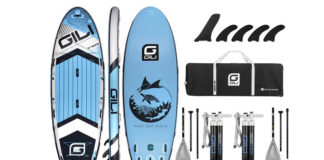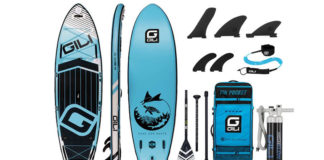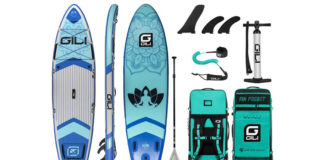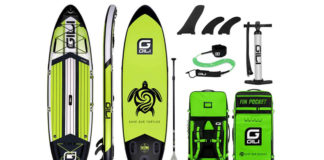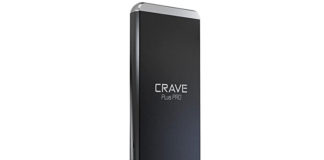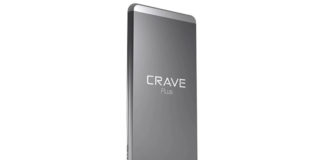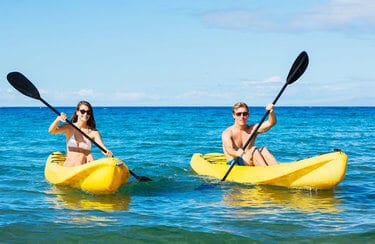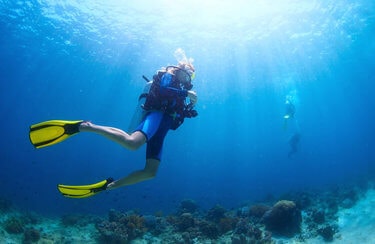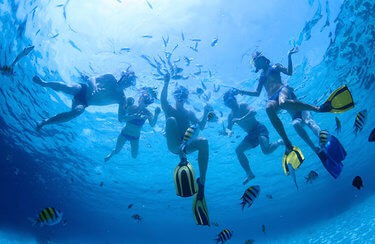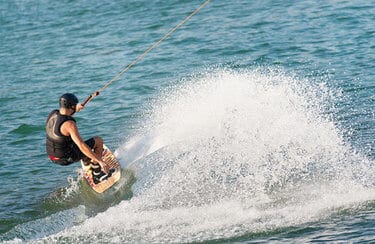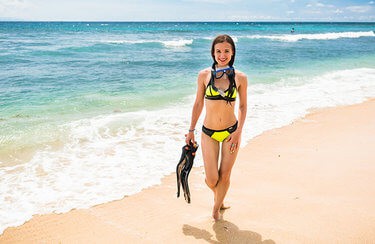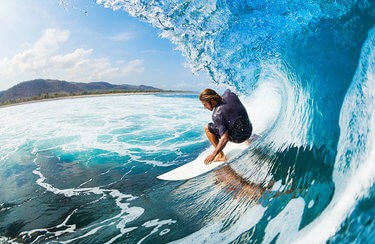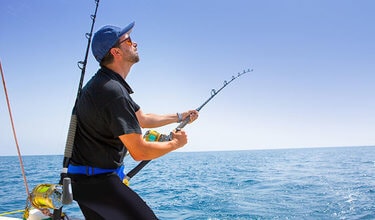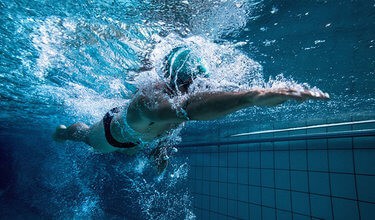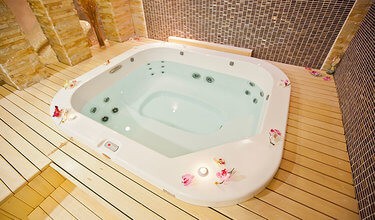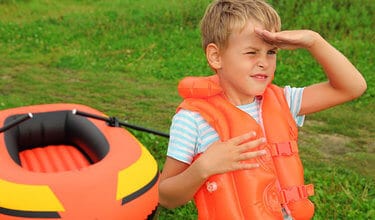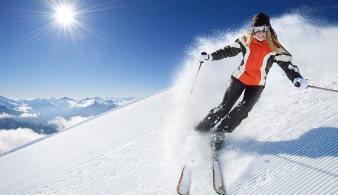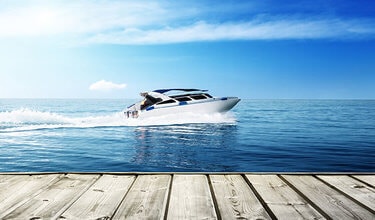Kayaking
Best Ocean Kayaks
Best Kayaks For Dogs
Best Pedal Kayaks
Best Recreational Kayaks
Best Sit On Top Kayaks
Best Touring Kayaks
Best Tandem Kayaks
Best Beginner Kayaks
Best Kayaks
Best Inflatable Kayaks
Best Kayaks For Kids
Best Duck Hunting Kayaks
Best Folding Kayaks
Best Whitewater Kayaks
Best Lightweight Kayaks
Best Canoes
Best Kayak Roof Racks
Best Kayak Coolers
Best Kayak Trailers
Best Kayak Seats
Best Kayak Accessories
Best Kayak Paddles
Best Kayak GPS
Best Trolling Motor Batteries
Best Kayak Carts
Best Kayak Shoes
Best Kayaking Gloves
Best Kayak Anchors
Best Kayak Helmets
Best Kayak Outriggers And Stabilizers
Best Kayak Drysuits
Best Kayak Wall Mounts
Best Kayak Wetsuits
Best Gifts For Kayak Enthusiasts
Best Ocean Fishing Kayaks
Best Kayak Fishing Accessories
Best Kayak Fish Finders
Best Fishing Kayaks
Best River / Fly Fishing Kayaks
Best Fishing Float Tube
Best Stand Up Fishing Kayaks
Best Kayak Paddles For Fishing
Best Inflatable Fishing Kayaks
Best Canoe Gear And Equipment
Best Kayak Scupper Plugs
Best Surf Kayaks
Best Kayaks For Big Guys
Best Kayaks For Camping
Best Kayak Deck Bags
Best Kayak Cockpit Covers
Best Crossover Kayaks
Best Kayak Canopies
Best Kayak Spray Skirts
Best Kayak Bilge Pumps
Best Kayak Tackle Boxes
Best Trolling Motors For Kayak
Best Kayak Fishing Rods
Best Kayak Sails
Best Kayak Fishing Nets
Best Kayak Flags
Best Inflatable Kayaks For Whitewater
Best Kayak Storage Rack And Hoists
Best Motorized Kayaks
Best Kayak Knives
Best Kayak Compasses
Best GPS Watches For Kayaking
Best Tandem Fishing Kayaks
Best Fishing Kayaks With Pedals
Best Modular Fishing Kayaks
Best Kayaks Loaders
Best Sit On Top Fishing Kayaks
Best Kayak Cup Holders
Best Kayak Covers
Best GoPro Kayak Mounts
Best Family Canoes
Best Affordable Kayaks
Best Canoe Paddles
Best Kayak Paddles For Beginners
Best Kayaks For Women






